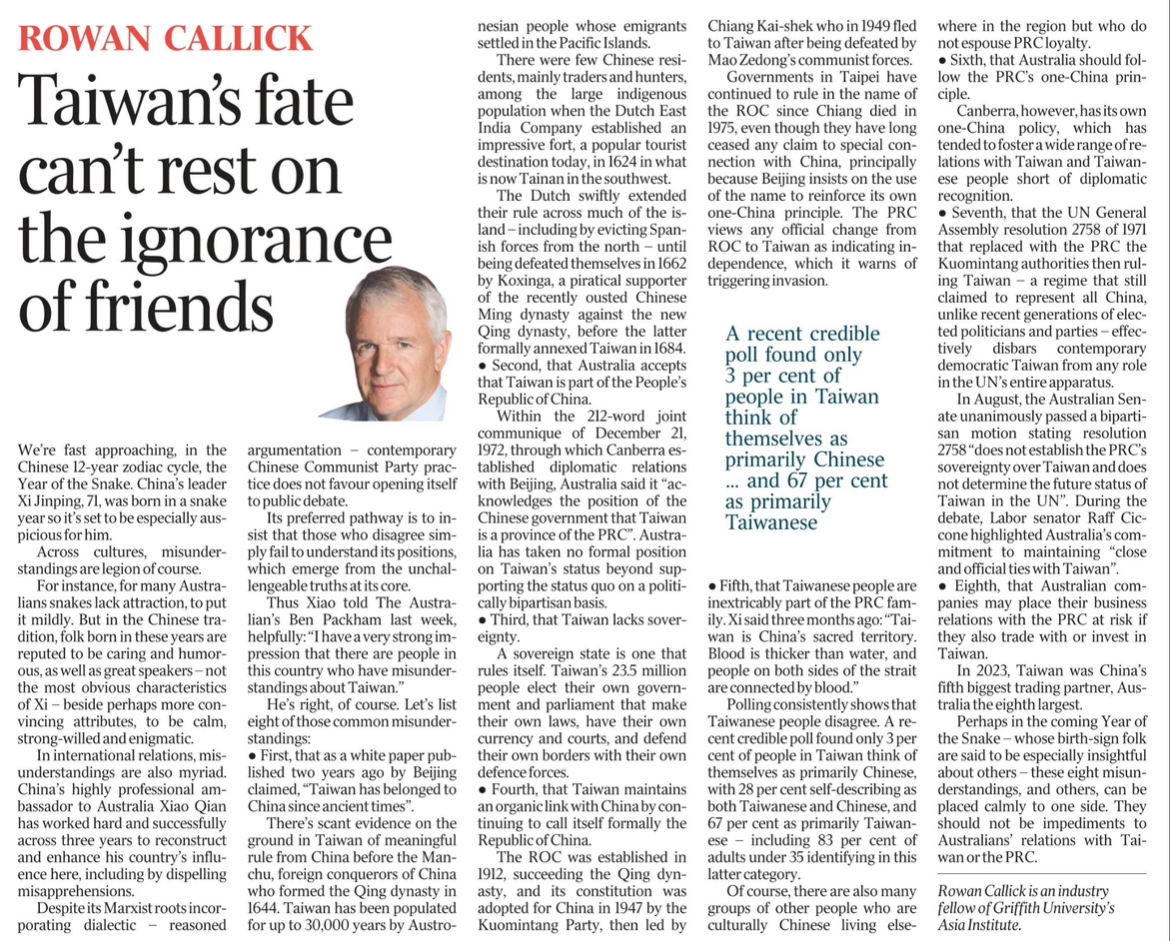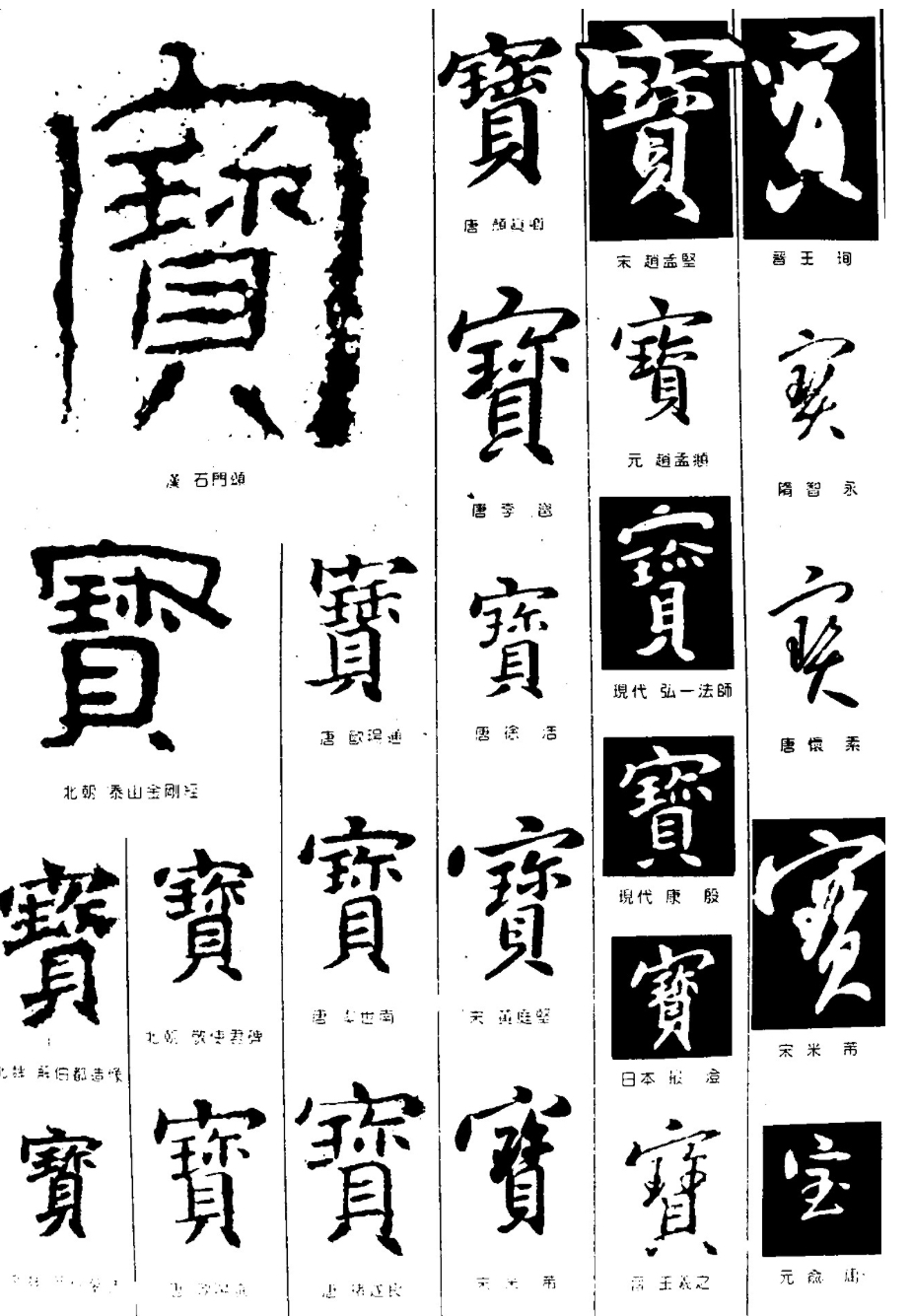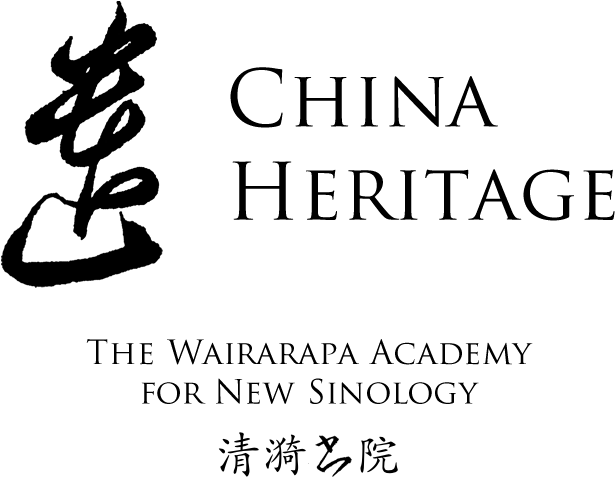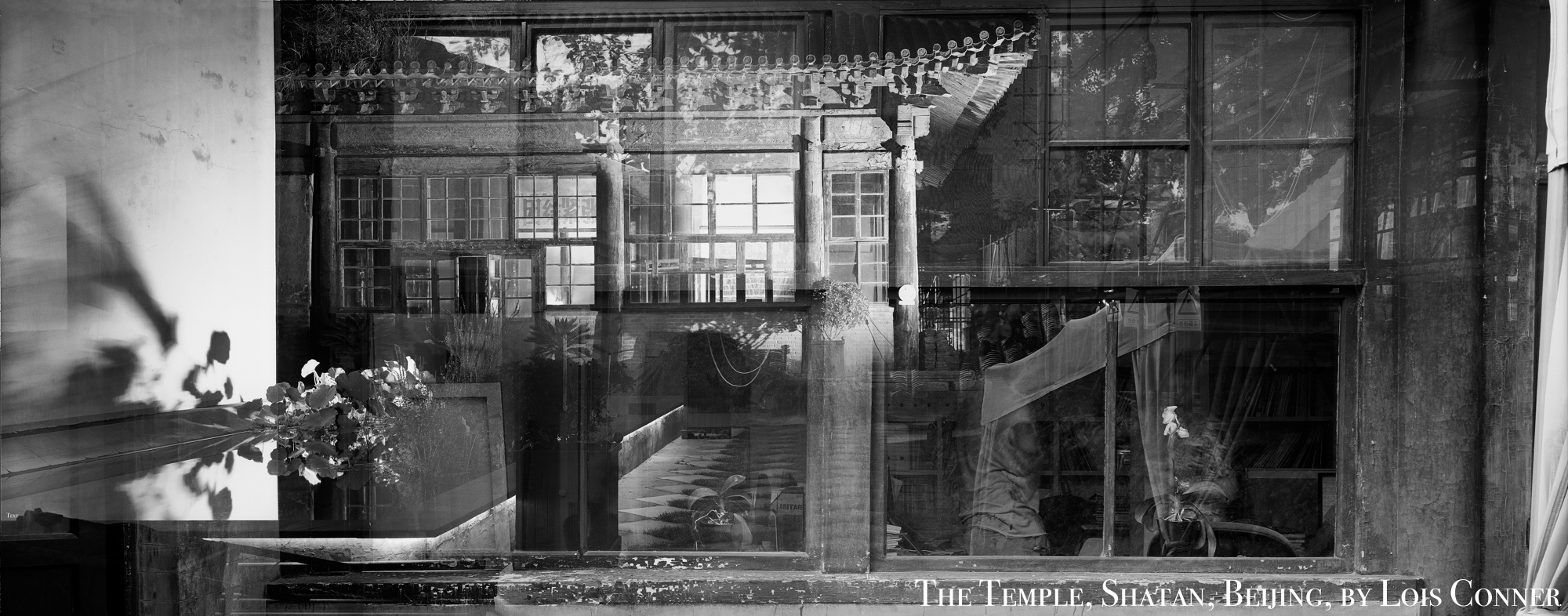Watching China Watching
The series Watching China Watching features essays and reflections on studying the Chinese world and approaches to understanding the Chinese People’s Republic. Our method is underpinned by New Sinology.
The men and women who taught us to engage with the Chinese world and to appreciate things Chinese in a holistic fashion were motivated and inspired by many things: their personal histories, a diverse range of interests, as well as a pressing necessity to watch (and to watch out for) China. For many of them, Chinese and non-Chinese alike (after all, some of the greatest China Watchers are from, or in, China), China was not a distant subject for study but an essential part of lived reality. Their insights were generally based not on some crude social science or anthropological approach to observing The Other, or the result of dissecting an object rich in possibility as part of some ambitious career trajectory in China Studies. Their understanding was based as much on entanglement, fraught questioning, a spirit of self-discovery and personal enrichment as the result of a lifelong effort to approach what is in fact an all-encompassing cultural-political world from a broad humanistic perspective.
In this chapter of Watching China Watching, we feature an aide-mémoire regarding Taiwan in the form of an opinion piece by Rowan Callick, a noted journalist and incisive analyst of and commentator on China whose books include The Party Forever: Inside China’s Modern Communist Elite (2013).
My thanks to Mark Harrison , co-author with Catherine Lila Chou of Revolutionary Taiwan: Making Nationhood in a Changing World Order, for alerting me to Rowan’s commentary.
— Geremie R. Barmé
Editor, China Heritage
5 January 2025
***
See also:
- Statement on Australia’s one-China policy, Australian Government Department of Foreign Affairs and Trade, 17 January 2025
- October 1 & October 10 — Two Chinas, Whose Fatherland?, 1 October 2022
- 1978-1979, Year One of the Xi Jinping Crisis with the West, 20 December 2022
- Gerrit van der Wees, Taiwan: The facts of history versus Beijing’s myths, Council on Geostrategy, 8 January 2024
- On the Road — Taipei vs. Beijing, 12 January 2024

***
Taiwan’s fate can’t rest on the ignorance of well-meaning friends
China’s ambassador Xiao Qian says Australians commonly misunderstand Taiwan. He’s right, of course. Let’s list eight of those common misunderstandings.
Rowan Callick
2 January 2025
We’re fast approaching, in the Chinese 12-year zodiac cycle, the Year of the Snake. China’s leader Xi Jinping, 71, was born in a snake year so it’s set to be especially auspicious for him.
Across cultures, misunderstandings are legion of course.
For instance, for many Australians snakes lack attraction, to put it mildly. But in the Chinese tradition, folk born in these years are reputed to be caring and humorous, as well as great speakers — not the most obvious characteristics of Xi — beside perhaps more convincing attributes, to be calm, strong-willed and enigmatic.
In international relations, misunderstandings are also myriad.
China’s highly professional ambassador to Australia Xiao Qian has worked hard and successfully across three years to reconstruct and enhance his country’s influence here, including by dispelling misapprehensions.
Despite its Marxist roots incorporating dialectic — reasoned argumentation — contemporary Chinese Communist Party practice does not favour opening itself to public debate.
Its preferred pathway is to insist that those who disagree simply fail to understand its positions, which emerge from the unchallengeable truths at its core.
Thus Xiao told The Australian‘s Ben Packham last week, helpfully: “I have a very strong impression that there are people in this country who have misunderstandings about Taiwan.”
He’s right, of course. Let’s list eight of those common misunderstandings:
• First, that as a white paper published two years ago by Beijing claimed, “Taiwan has belonged to China since ancient times”.
There’s scant evidence on the ground in Taiwan of meaningful rule from China before the Manchu, foreign conquerors of China who formed the Qing dynasty in
1644. Taiwan has been populated for up to 30,000 years by Austronesian people whose emigrants settled in the Pacific Islands.
There were few Chinese residents, mainly traders and hunters, among the large indigenous population when the Dutch East India Company established an impressive fort, a popular tourist destination today, in 1624 in what is now Tainan in the southwest.
The Dutch swiftly extended their rule across much of the island — including by evicting Spanish forces from the north — until being defeated themselves in 1662 by Koxinga, a piratical supporter of the recently ousted Chinese Ming dynasty against the new Qing dynasty, before the latter formally annexed Taiwan in 1684.
• Second, that Australia accepts that Taiwan is part of the People’s Republic of China.
Within the 212-word joint communique of December 21, 1972, through which Canberra established diplomatic relations with Beijing, Australia said it “acknowledges the position of the Chinese government that Taiwan is a province of the PRC”. Australia has taken no formal position on Taiwan’s status beyond supporting the status quo on a politically bipartisan basis.
• Third, that Taiwan lacks sovereignty.
A sovereign state is one that rules itself. Taiwan’s 23.5 million people elect their own government and parliament that make their own laws, have their own currency and courts, and defend their own borders with their own defence forces.
• Fourth, that Taiwan maintains an organic link with China by continuing to call itself formally the Republic of China.
The ROC was established in 1912, succeeding the Qing dynasty, and its constitution was adopted for China in 1947 by the Kuomintang Party, then led by Chiang Kai-shek who in 1949 fled to Taiwan after being defeated by Mao Zedong’s communist forces.
Governments in Taipei have continued to rule in the name of the ROC since Chiang died in 1975, even though they have long ceased any claim to special connection with China, principally because Beijing insists on the use of the name to reinforce its own one-China principle. The PRC views any official change from ROC to Taiwan as indicating in-dependence, which it warns of triggering invasion.
A recent credible poll found only 3 per cent of people in Taiwan think of themselves as primarily Chinese … and 67 per cent as primarily Taiwanese
• Fifth, that Taiwanese people are inextricably part of the PRC family. Xi said three months ago:
“Taiwan is China’s sacred territory. Blood is thicker than water, and people on both sides of the strait are connected by blood.”
Polling consistently shows that Taiwanese people disagree. A recent credible poll found only 3 per cent of people in Taiwan think of themselves as primarily Chinese, with 28 per cent self-describing as both Taiwanese and Chinese, and 67 per cent as primarily Taiwanese — including 83 per cent of adults under 35 identifying in this latter category.
Of course, there are also many groups of other people who are culturally Chinese living else-where in the region but who do not espouse PRC loyalty.
• Sixth, that Australia should follow the PRC’s one-China principle.
Canberra, however, has its own one-China policy, which has tended to foster a wide range of relations with Taiwan and Taiwanese people short of diplomatic recognition.
• Seventh, that the UN General Assembly resolution 2758 of 1971 that replaced with the PRC the Kuomintang authorities then ruling Taiwan — a regime that still claimed to represent all China, unlike recent generations of elected politicians and parties — effectively disbars contemporary democratic Taiwan from any role in the UN’s entire apparatus.
In August, the Australian Senate unanimously passed a bipartisan motion stating resolution 2758 “does not establish the PRC’s sovereignty over Taiwan and does not determine the future status of Taiwan in the UN”. During the debate, Labor senator Raff Ciccone highlighted Australia’s commitment to maintaining “close and official ties with Taiwan”.
• Eighth, that Australian companies may place their business relations with the PRC at risk if they also trade with or invest in Taiwan.
In 2023, Taiwan was China’s fifth biggest trading partner, Australia the eighth largest.
Perhaps in the coming Year of the Snake — whose birth-sign folk are said to be especially insightful about others — these eight misunderstandings, and others, can be placed calmly to one side. They should not be impediments to Australians’ relations with Taiwan or the PRC.
***
Source:
- Rowan Callick, Taiwan’s fate can’t rest on the ignorance of well-meaning friends, The Australian, 2 January 2025
***


